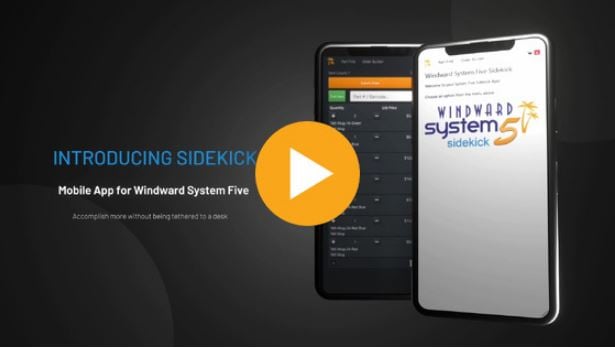Parts are removed from stock at the time a static kit is built. The kit is then put into stock. Cost and retail price are stored with the kit. This is similar to removing parts off a shelf, putting them in a box, then putting the box back on the Shelf. The kit items can be printed on the Invoice or Packing slip by modifying the Invoice or Packing Slip design.
- Static kits have Stock Records and are used to manufacture items before the customer purchases them. Static kits are stored in the system with the quantity on hand. Raw materials are removed from the system and are not available to sell. A rebuilt alternator would be an example of a Static kit. The core, brushes, and other items would be removed from inventory and installed on a new completed item to be put on the shelf ready to sell.
- The individual kit item Parts are removed from Stock at the time the kit is built. Static kits do not explode onto the invoice because by definition they have already been assembled. By setting the appropriate switches in the invoice setup area, however, items within the Static kit will explode onto the invoice with the retail prices set to zero for information purposes. Work Orders (Pick Slips/Pick Slip Checker) can also be made to explode the kits for the technicians to assemble, but not explode the kits on the Customer's copy of the invoice
- The Static kit can be serialized
Feature: Static, Serialized kits can contain Serialized items.
Feature: Gift Cards can be included in this kit type.
Feature: Static kits allow for the Disassembly of existing Inventory items and items on Purchase Orders.
Limitation: Static, Non-Serialized kits cannot contain Serialized items.
Limitation: Full/split cases will not break down.
Limitation: Select lots will not select.
Limitation: Individual items cannot be removed directly from the invoice.




